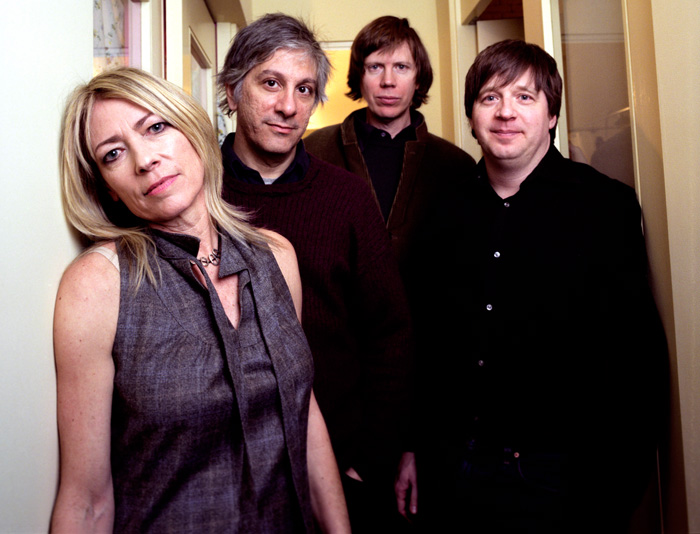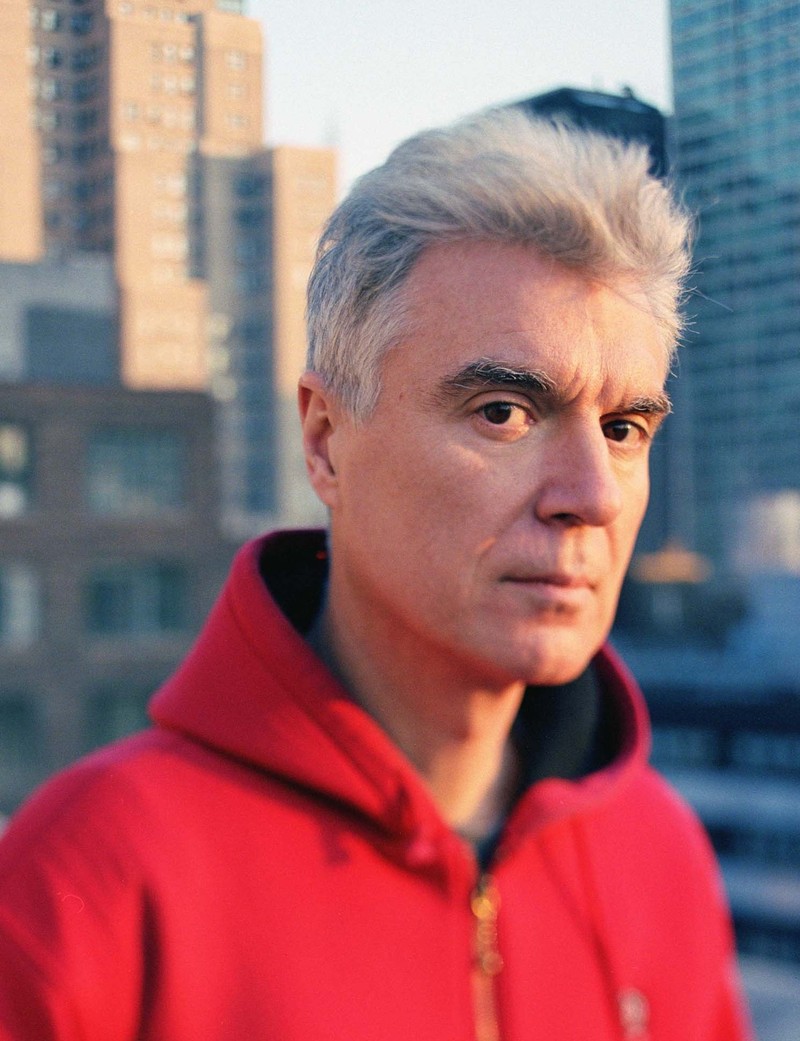
The writer isn't made in a vacuum. Writers are witnesses. The reason we need writers is because we need witnesses to this terrifying century.
- EL Doctorow
When unraveling the complexities of global poverty, most social scientists will tell you that there’s no substitute for cold, hard research. What they want, as Dickens’ Gradgrind put it, is Facts. However, a handful of policy makers are beginning to think that the work of Dickens’ cultural heirs could prove just as enlightening. In a paper entitled ‘The Fiction of Development’, the London School of Economics’ David Lewis and Dennis Rodgers and the World Bank’s Michael Woolcock argue that novels and poetry can complement traditional academic research “irrespective of which one is more “truthful””.
Novelists have made these sorts of arguments before. It’s over twenty years since EL Doctorow declared “There is no longer any such thing as fiction or nonfiction; there’s only narrative.” However, it’s proving to be a more problematic idea when placed in the field of social policy. Tom Clougherty of the Adam Smith Institute balks at the suggestion, saying: “Fiction absolutely can't replace factual, evidence-based analysis.” His argument seems to be with the epistemological value of fiction: “There’s a problem. Fiction works by appealing to people’s emotions, not their intellect or rationality.” Perhaps he has a point. The historian Antony Beevor has written of the dangers of blurring fact and fiction. The power of narrative to illuminate a truth about the world carries the corollary danger that a story which rings true can just as easily mislead us. If we rely too much on novels to teach us about society, are we in danger of falling into the same trap as the citizens of Jorge Luis Borges’ Uqbar, willing the world to fit our collective imagination?
If there is a risk of being led astray by a good story, it is not a risk that is limited to literary fiction. Speaking recently, David Lewis gave the example of ‘Broken Windows Policing’, a “story” about the way the world works which, despite a lack of empirical evidence, convinced many policy makers.
Furthermore, Clougherty does literature a disservice by claiming that fiction doesn’t appeal to our “intellect or rationality”. The best of literary fiction speaks directly to the intellect, and it reaches a far larger audience than any policy paper. As Byron put it, well chosen words can make “thousands, perhaps millions, think”. Khaled Hosseini’s ‘The Kite Runner’ is just one recent example in the development field. After selling over 10 million copies worldwide, it is credited with doing more to educate Western readers about life under the Taliban than any academic or government initiative ever could have.
But literature isn’t just useful for policy makers because it keeps them in touch with popular discourse. Fiction has the ability to portray tangibly the issues which dry research struggles to capture, and is arguably better at understanding how individuals are affected by multiple, interlinking factors. From increasing migration and the growth of cities to multiculturalism and climate change, the challenges of international development are mirrored in literary fiction. Some writers even draw on academic research directly. Monica Ali has acknowledged the debt her Booker-shortlisted novel ‘Brick Lane’ owes to ‘The Power to Choose’, a study of female Bangladeshi garment workers in Dhaka and London conducted by Naila Kabeer of the Institute of Development Studies.
‘Brick Lane’ is one of the novels Lewis, Rodgers and Woolcock include on their suggested ‘reading list’ for development policy makers. The list includes what could be called “voices from the developing world”, such as Chinua Achebe’s ‘Things Fall Apart’ and Mario Vargas Llosa’s ‘Conversation in the Cathedral’, but also Western writing which reflects some of the more unpalatable dimensions of development. JG Ballard’s ‘The Day of Creation’, which features a delirious World Health Organisation doctor, makes it onto the list as does Joseph Conrad’s ‘Heart of Darkness’. Conrad’s reflection that “the conquest of the earth, which mostly means the taking it away from those who have a different complexion or slightly flatter noses than ourselves, is not a pretty thing when you look into it too much” is the sort of ideological self-examination that policy writers tend to avoid.
What Clougherty and other critics seem to miss is that even the most number-crunching of social scientists is in the business of offering up a competing story about the way the world works. Fiction writers do the same while providing the narrative which can turn a statistic into a tragedy. William Faulkner once said that the best fiction is far more true than any journalism, and we can surely extend that to cover academic papers. Fiction teaches us, as even Gradgrind learned eventually, that there is more to the truth than facts.























